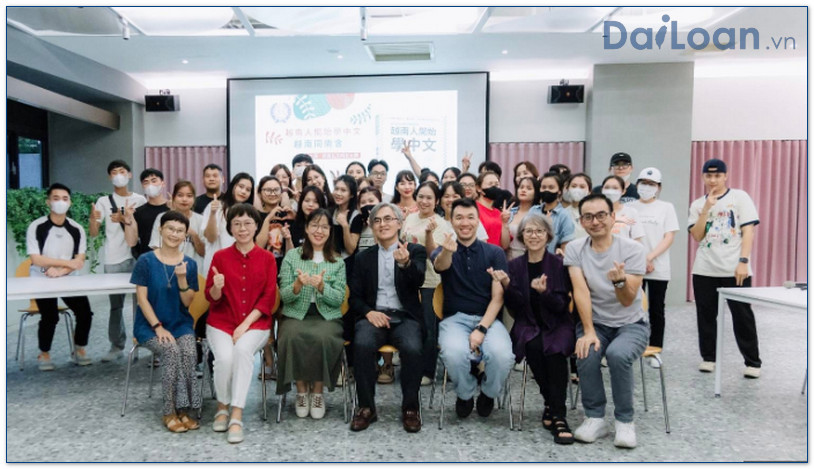In recent years, tattoos have gained immense popularity across the globe, transcending cultural barriers and becoming a form of self-expression. If you are interested in the Chinese language and culture, understanding the term **紋身 (wén shēn)** is essential. This article will delve into the meaning, grammatical structure, and provide example sentences to facilitate a deeper comprehension of this intriguing term.
What Does 紋身 (Wén Shēn) Mean?
The term **紋身** (wén shēn) literally translates to “tattoo” in English. It combines two characters: **紋** (wén), which means “pattern” or “design,” and **身** (shēn), meaning “body.” Thus, **紋身** refers to the art of creating patterns or designs on the body, typically through the process of tattooing. In traditional Chinese culture, tattoos were often linked to criminality or were seen as a mark of punishment. However, the perception has shifted in contemporary society, embracing tattoos as forms of personal expression and art.
Grammatical Structure of 紋身 (Wén Shēn)
To understand how to use the term **紋身** in the context of the Chinese language, it’s crucial to dissect its grammatical components:
Components Breakdown
- Character 1: 紋 (wén)
- Meaning: “pattern” or “design.”
- Pronunciation: /wén/
- Usage: This character can also appear in words related to patterns, textures, or designs.
- Character 2: 身 (shēn)
- Meaning: “body.”
- Pronunciation: /shēn/
- Usage: This character often appears in words related to the human body or physical aspects.
Grammatical Use
In terms of grammatical usage, **紋身** functions as a noun in sentences. It can be combined with other words to form phrases, such as “紋身藝術” (wén shēn yì shù), translating to “tattoo art.” Understanding these components and how they work together allows learners to incorporate **紋身** effectively in conversations or writing.
Example Sentences Using 紋身 (Wén Shēn)
Everyday Use
Here are some example sentences that demonstrate various contexts in which **紋身** can be used:
- 我想要一個漂亮的紋身。 (Wǒ xiǎng yào yī gè piàoliang de wén shēn.)
Translation: “I want a beautiful tattoo.”
- 他的紋身非常獨特。 (Tā de wén shēn fēicháng dútè.)
Translation: “His tattoo is very unique.” - 在中國,紋身的意義正在改變。 (Zài Zhōngguó, wén shēn de yìyì zhèngzài gǎibiàn.)
Translation: “In China, the meaning of tattoos is changing.” - 我正在考慮做一個紋身。 (Wǒ zhèngzài kǎolǜ zuò yī gè wén shēn.)
Translation: “I am considering getting a tattoo.” - 她有一個象徵愛情的紋身。 (Tā yǒu yī gè xiàngzhēng àiqíng de wén shēn.)
Translation: “She has a tattoo symbolizing love.”
Conclusion
Understanding **紋身 (wén shēn)** enriches one’s knowledge of the Chinese language and its cultural significance. With its intriguing combination of characters, this term embodies the art of tattooing, reflecting both individual expression and societal changes. By mastering its meaning, grammatical structure, and usage in sentences, learners can navigate conversations about tattoos more fluently and appreciate their evolving role in contemporary society.

Sứ mệnh của Chuyên là giúp đỡ và truyền cảm hứng cho các bạn trẻ Việt Nam sang Đài Loan học tập, sinh sống và làm việc. Là cầu nối để lan tỏa giá trị tinh hoa nguồn nhân lực Việt Nam đến với Đài Loan và trên toàn cầu.
CÓ THỂ BẠN QUAN TÂM
Du học Đài Loan
Lao Động Đài Loan
Việc Làm Đài Loan
Đơn Hàng Đài Loan
Visa Đài Loan
Du Lịch Đài Loan
Tiếng Đài Loan
KẾT NỐI VỚI CHUYÊN
Zalo: https://zalo.me/0936126566
Website: www.dailoan.vn




